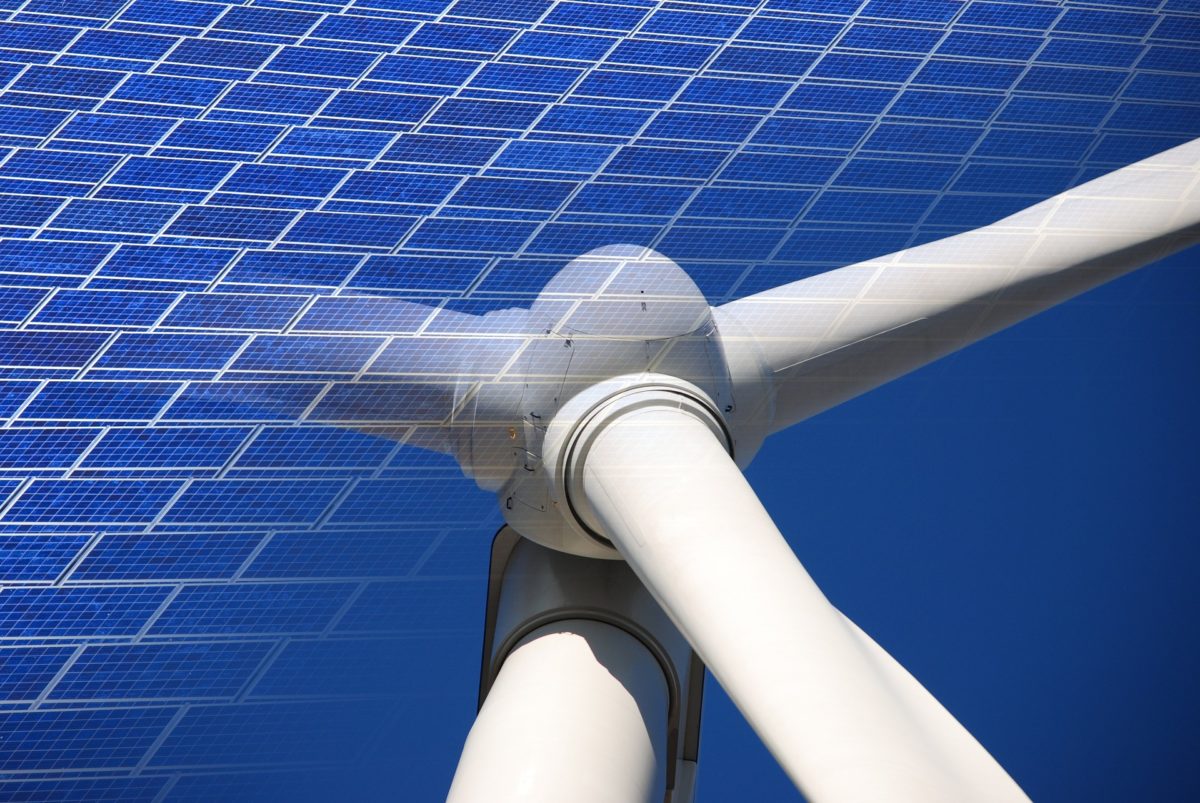A combination of battery storage and hydrogen fuel cells can help the U.S., as well as most countries, transition to a 100% clean electricity grid in a low cost and reliable fashion, according to a new report from Stanford University.
The report, published in iScience, took a closer look at the costs involved with ensuring a reliable grid in 145 countries, that used renewable energy – including solar, wind, hydroelectric and geothermal resources – to power their grids, transportation, buildings, industry, agriculture, forestry, fishing and the military. The main energy storage options it took into account included hydropower, batteries and green hydrogen, which is produced using renewables.
The study found that transitioning to clean energy could enable these countries to achieve overall annual energy cost reductions of around 61%.
“The first step is to electrify all energy sectors as much as possible… the efficiency of electricity over combustion reduces energy demand by 38.0%,” when averaged over 145 countries, Mark Z. Jacobson, the author of the study and professor of civil and environmental engineering at Stanford University, told pv magazine USA.
The second step is to provide the electricity with just wind-water-solar sources and storage, and eliminating energy to mine, transport, and refine fossil fuels and uranium saves another 11.3% of all energy worldwide, he added. End-use energy efficiency improvements beyond business-as-usual reduce energy requirements another 6.6%, and a forecasted reduction in the cost per unit of energy of about 9% results in an overall annual cost savings to a country of 61%.
The study will help electricity system planners create a more efficient and cost-effective future energy system based on clean, renewable electricity, Jacobson said.
“The results provide countries with concrete evidence and the confidence that 100% clean, renewable grids not only lower costs but are also just as reliable as the current grid system,” he added.
The study employed three kinds of computer modeling: a “three-dimensional global weather-climate-air pollution model, a spreadsheet model and a model that matches electricity, heat, cold, and hydrogen demand with supply, storage and demand response assuming perfect grid interconnection,” according to a statement.
It found that while existing hydropower and batteries can ensure grid reliability, adding green hydrogen to the system can reduce the energy costs in some regions, although a combination of hydropower and green hydrogen with no batteries is always more expensive than a combination of the three. This is because every region with a highly renewable grid will need short-term bursts of power, such as that provided by hydropower or batteries, but not every region necessarily needs the long-term energy storage provided by hydrogen.
Green hydrogen storage can absorb excess electricity when there is too much wind or solar on the grid, and then provide storage on scales of hours to a few days, when wind and solar are not available and hydropower and batteries are depleted, Jacobson said.
But the technology still faces challenges; like any storage type, up-front cost is always an issue, although the cost benefits are large in comparison, he added. Policy makers can help address these challenges by focusing funding on solutions like battery storage and green hydrogen, rather than on carbon capture, direct air capture, blue hydrogen, non-hydrogen electro-fuels, small nuclear reactors, and bioenergy, Jacobson said.
This content is protected by copyright and may not be reused. If you want to cooperate with us and would like to reuse some of our content, please contact: editors@pv-magazine.com.








Developing countries might be able to help things along by subsidizing or encouraging V2G and H2G (house battery to grid) until larger (non-lithium) stationary battery storage options are developed.
“Overbuilding” solar & wind-farms would allow the excess power to be stored–and/or shifted to green hydrogen production. Fuel cell ships & trains are now being developed (Europe) and can further reduce dependence on fossil fuels. These could also serve ‘double duty’…by supplying portable power (ports, train yards, etc. ) when needed for grid demand or emergencies.